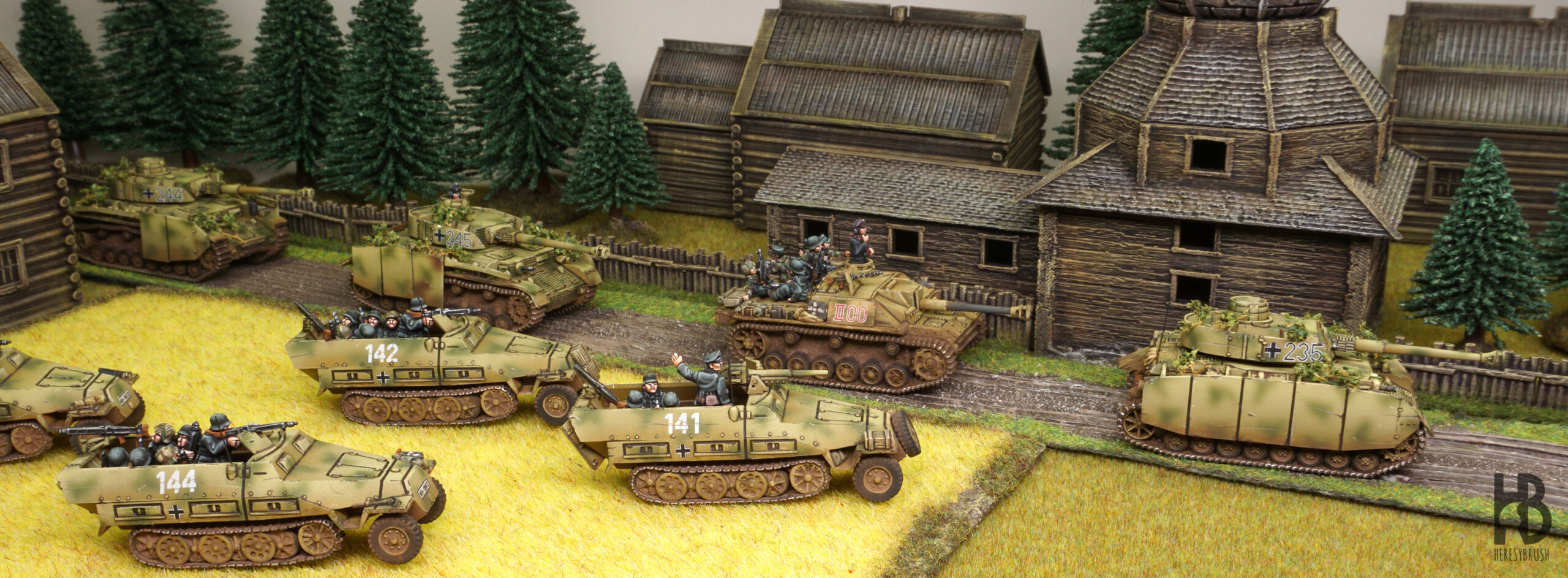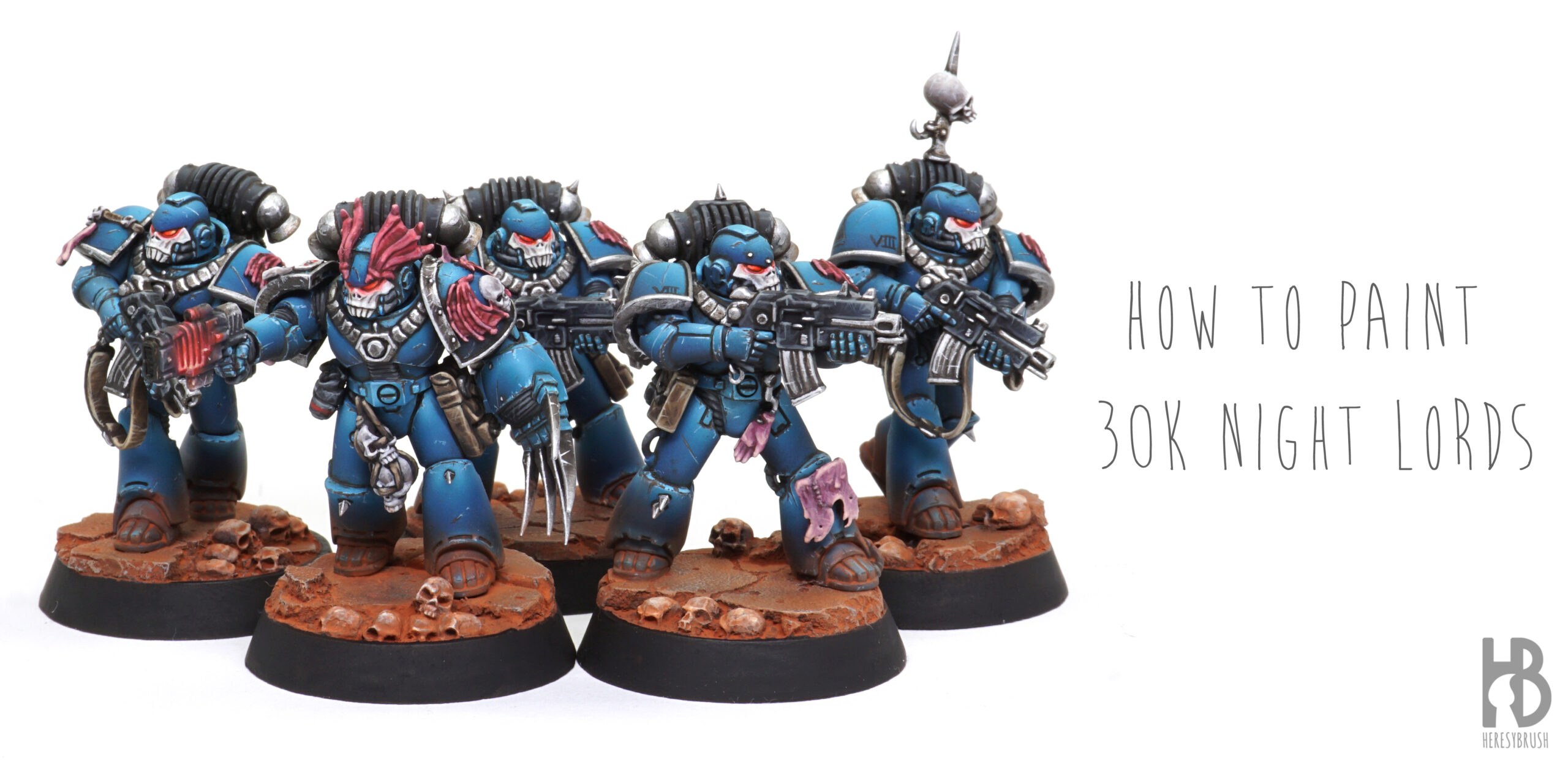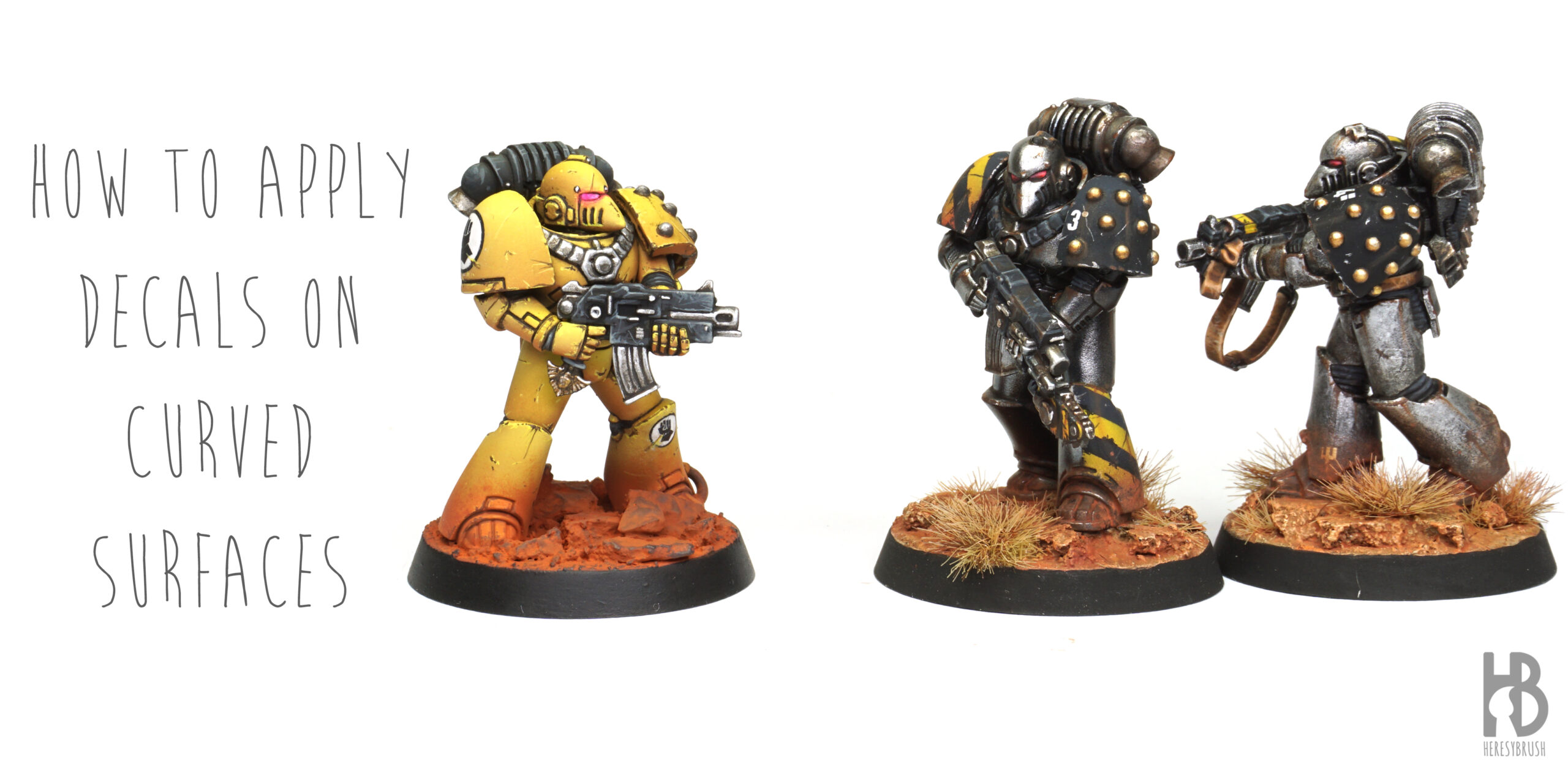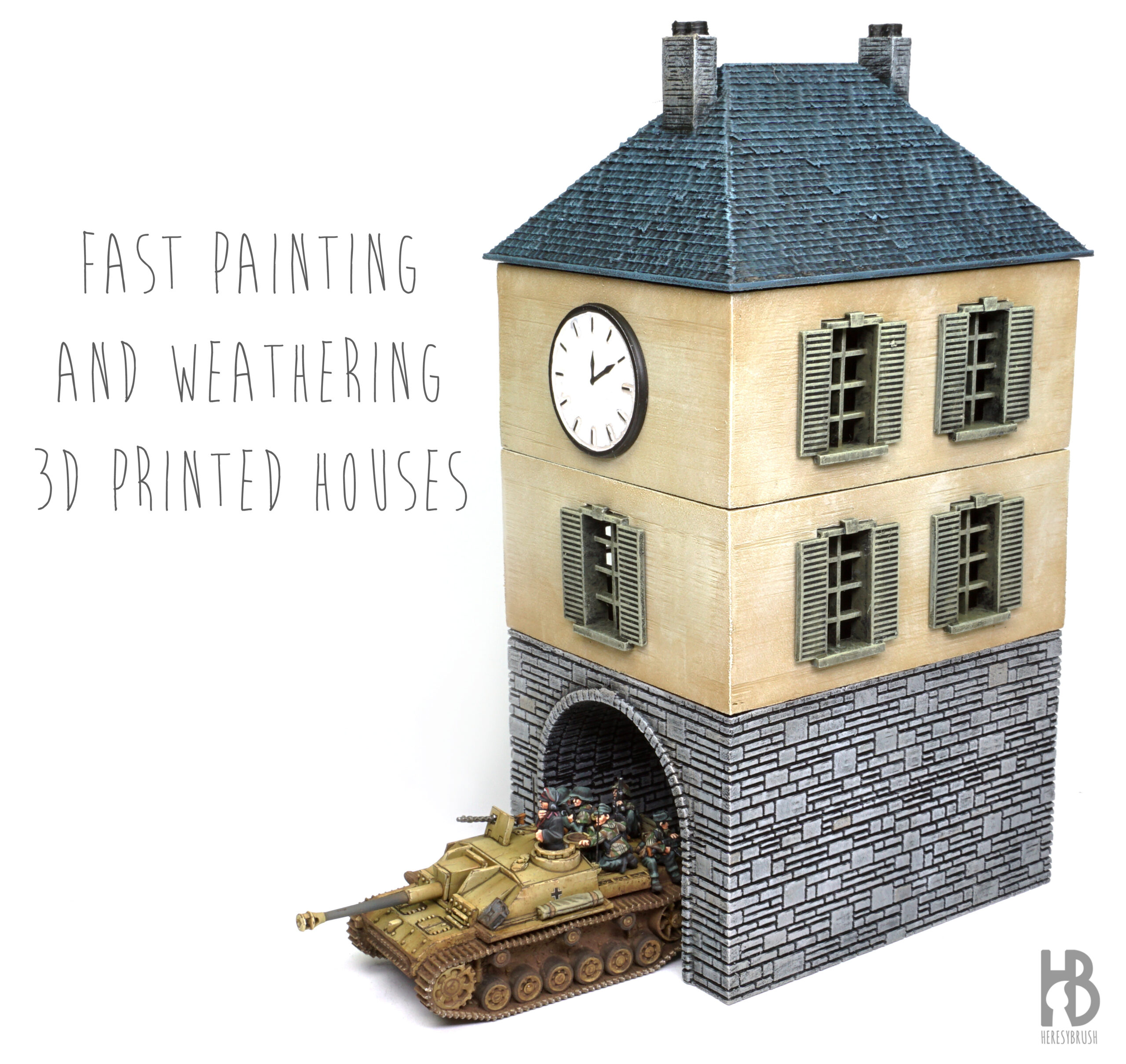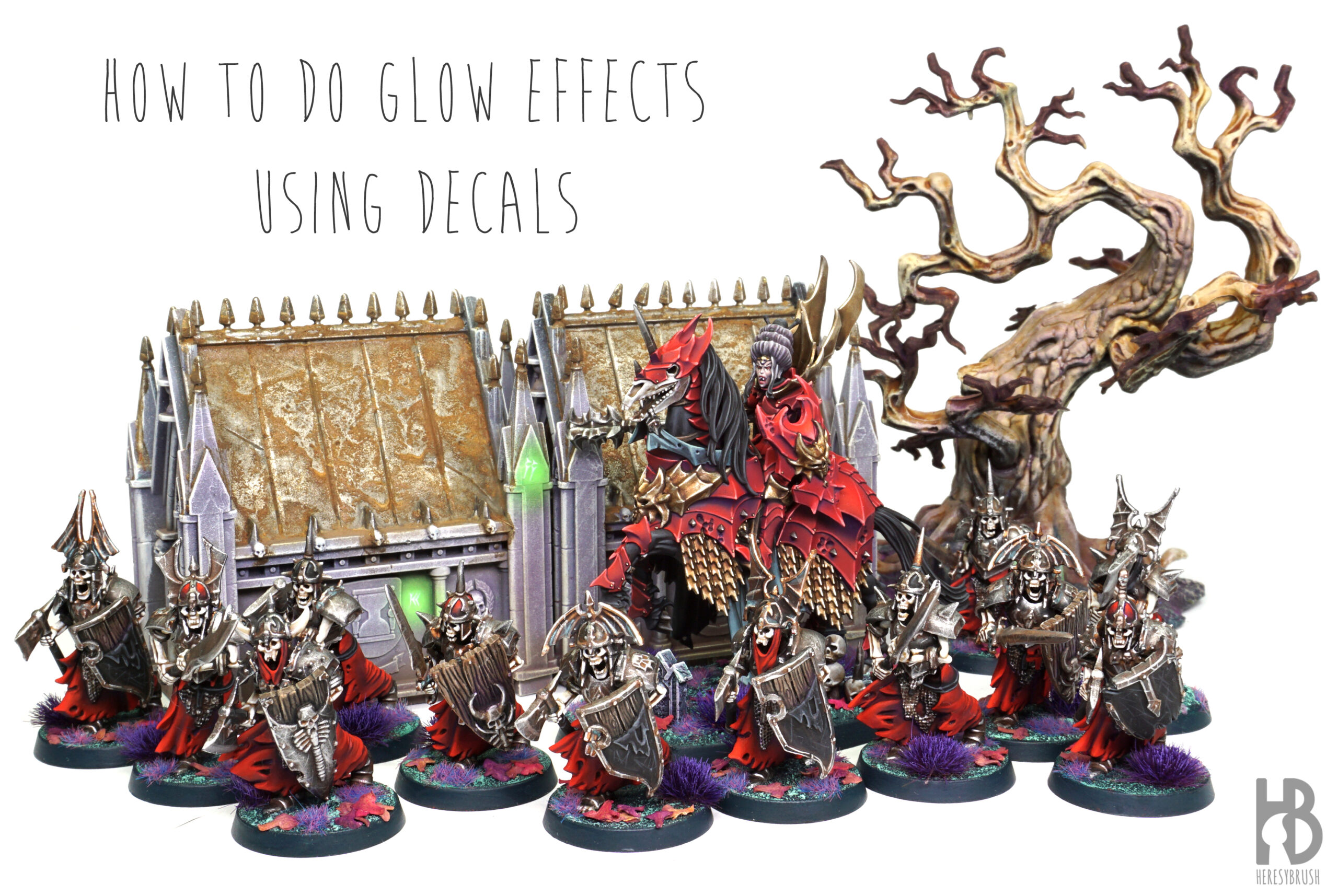Following my first post about concrete fortifications, this second entry in the Trench Crusade scenery series focuses on creating simple and effective rust effects on anti-tank obstacle or barricade by Vargasminiatures. Today we have a wide range of products that replicate realistic rust by mimicking real metal oxidation, which makes our work much easier. These dramatic, chaotic, and naturally random effects fit perfectly with the grimdark atmosphere of Trench Crusade. In this tutorial, I will be using the U-RUST set by AMMO, which I have previously applied on infantry models (here). Step 1 Using a modelling knife and fine files…
Encyclopedia of wargames
At last, after nearly five years since this project first began to take shape with AMMO by Mig Jiménez and its new brand IONIC, we can finally announce a new collection of books in encyclopedia format created for all lovers of wargames miniatures. Three years ago, we published another book with a similar theme, How to Paint Miniatures for Wargames, focused mainly on painting infantry armies. But it fell short of what we truly wanted to achieve. Besides infantry, many wargames also include vehicles, and above all, they require scenery to recreate the battlefields where games take place. As a…
How to paint concrete fortifications
I have been quite busy lately with several projects, including a new series of books, and although my interest now leans more toward fantasy than historical subjects, I am still working on several World War II projects (stay tuned). The reason for this shift is a relatively new game, Trench Crusade, whose atmosphere, a haunting fusion of grimdark aesthetics, religious symbolism, and historical inspiration, has captivated thousands of hobbyists and painters. Its world, forged from the mud and madness of a holy war fought across endless trenches, evokes both fascination and dread. The mix of medieval devotion and early twentieth-century warfare…
How to paint WWII Japanese tanks using only a brush
This article was originally published on the Battlefront website. In previous tutorials, we explored different methods for painting camouflage on tanks using soft- or (this, for example) hard-edge patterns (this and this, for example), with or without masking. These techniques typically involved the use of an airbrush, a tool that can seem intimidating to many hobbyists. In reality, however, airbrushing is quite easy, and I highly recommend giving it a try if you have not already. The most critical aspect is cleaning the airbrush properly after each session, and always remember to thin your paints. That said, in this tutorial…
How to Paint Paper Panzers
In this article, we will explore how to create an anachronistic WWII camouflage, a “splinter camo”, commonly used by scale modelers for “what if” tanks and prototypes, such as the iconic German E series. To achieve this, we will use masking tapes to create an intricate tri-tone camouflage, where each color is carefully highlighted to create a striking contrast. This article was originally published on the Battlefront website, Part 1 and Part 2. The “What If” tanks open up endless possibilities for experimenting with color schemes and camouflage. Since these tanks never existed, the creative freedom is limitless. However, it…
How to quickly paint WWII German vehicles in 15mm
Here, I will describe the ‘speed painting’ method I started using last year to paint two full German armies for Flames of War. Speed painting is a relative term—what might be fast for me could differ for another painter. I consider this method fast because I simplified certain techniques compared to my traditional painting method, like color modulation, and omitted others entirely, such as using oils to create streaking or dust effects, which saved a lot of time. For this project, we will be using either the ATOM acrylic paints or the new IONIC acrylic paints for WWII German Tanks,…
How to paint WH30K Night Lords
After several years of wanting to start painting a Horus Heresy Legion army, I finally had the chance to do it. I chose the Night Lords, a Legion that is perhaps a bit underrepresented compared to others but features a beautiful color scheme and rich lore. I finished painting the first squad and decided to write a tutorial using the last miniature. Instead of the official painting scheme, which is very dark blue often with lightning on the armor, I opted for a desaturated and slightly greenish blue inspired by some great painters such as @loyalistareboring and @Maybug_Games on Instagram.…
How to apply decals on curved surfaces
The easiest way to identify the chapter of our Space Marines is by using decals. These typically go on the shoulder pads, but their curved surface can be challenging for some modelers, as it is tricky to perfectly adapt a decal to a curved or irregular surface. We have previously discussed numerous times how to apply decals, but here we will focus on how to deal with curved surfaces. Here, we used customized decals from Scumb4g Kustoms. Other articles about decals: Decals, transfers and stencils How to apply decals correctly How to apply name tag decals How to create glowing…
How to paint 3D-printed buildings
In this tutorial, we will explore fast and simple techniques for painting 3D-printed houses made from filament, perfect for wargaming. Although we are going to paint a 15mm house for Flames of War, the same techniques can be applied to any theme and scale. The idea is to take advantage of colored primer cans for the base colors, and then create contrast using dry brushing and filters. Step 1 – Preparation Filament printers are an amazing tool for creating scenery elements for wargames with ease. However, the inevitable downside of this type of printing is the resulting linear texture. To…
How to create glowing runes using decals
In this tutorial, we will explore how to create glowing runes using decals and fluorescent paints. While I primarily applied these techniques to scenery elements, they can also be used on miniatures. We will require white rune decals, such as those available from Scumb4g Kustoms. Step 1 – Basic paintjob Firstly, we paint the scenery element or miniature completely. The glowing effect is created at the very end of the painting process. For the crypt, I employed straightforward techniques. I painted the rock using the airbrush and drybrush techniques. For the rusted metal elements, I utilized the U-Rust set from…





